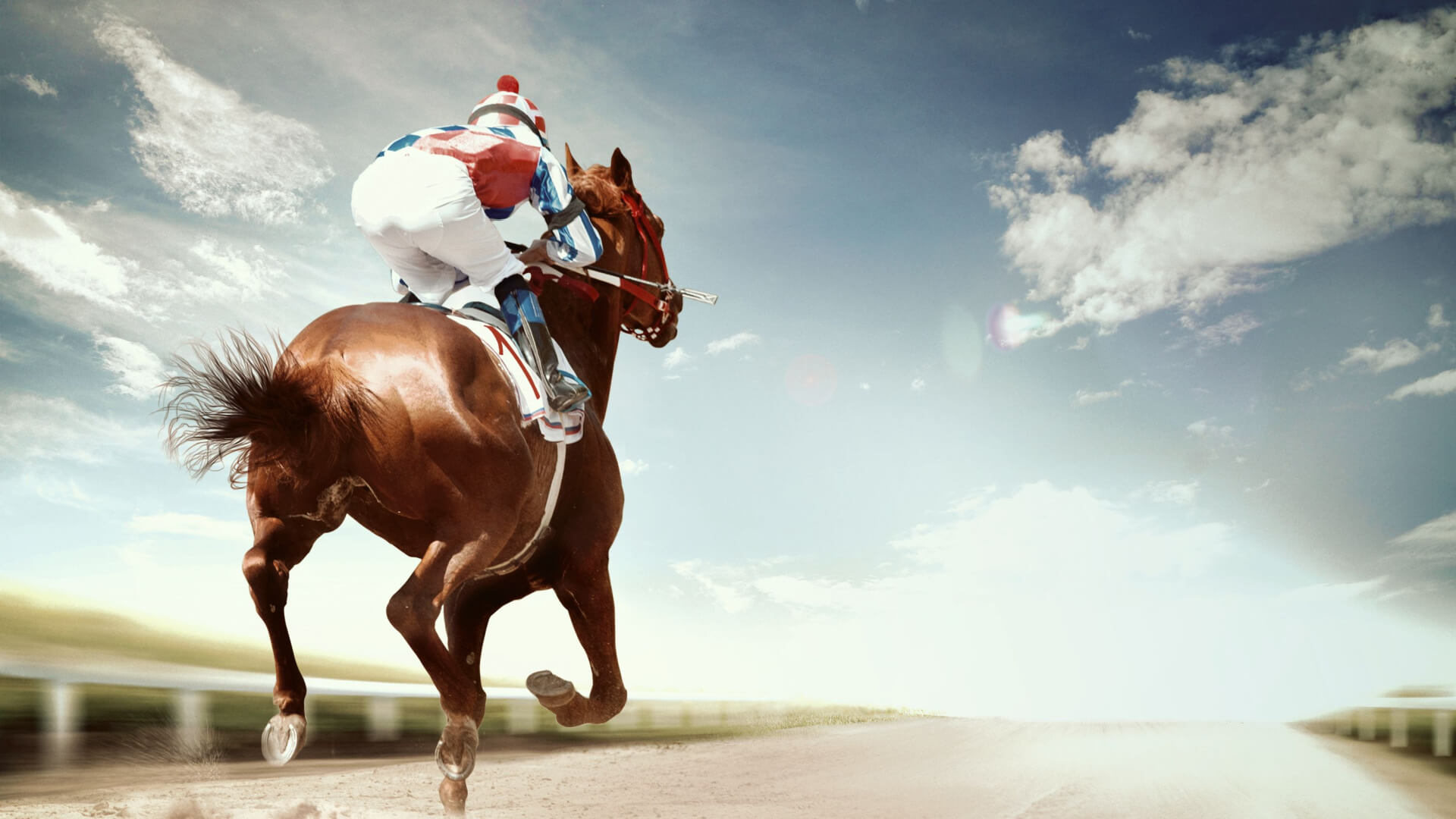June 9, 2023
To explain what a hock injection is, we should first state what a hock is. The hock is the horse equivalent of a human ankle. This makes it incredibly important for a horse’s ability to walk, let alone compete. Sometimes these hock joints develop arthritis and other kinds of injuries that impact a horse’s ability to play, compete, and even move properly.
If your horse is having issues with its hock joints, you can consider hock injections.
What are Hock Injections?
It is exactly what it sounds like – your horse has medicine injected into its hock. This will work to relieve the pain your horse feels in its leg.
These injections also help inflammation as well. Depending on the type of injury and what is in the hock injection, this is not always a fix-all solution. Arthritis, one of the most common hock conditions, for example, is not curable. It can be treated and relieved, but once arthritis sets in, it will always be there.
What are Hock Injections Made With?
Most hock injections are made of two components: one or many steroids and hyaluronic acids. The steroids reduce swelling, which helps with what causes pain to your horse. Hyaluronic acids lubricate the joints, and lubrication helps the joints move against each other more smoothly.
Together, these two components can help your horse move as closely as it used to before its condition began to impact it.
How Often Can You Inject Hocks?
Most veterinarians will not inject a hock more than once a year. There are several reasons for this; one is that injecting repetitive doses of steroids too frequently can contribute to faster breakdown of the joint.
Laminitis is an extremely painful and common condition in equine animals. It affects the tissues that bond the hoof wall to the pedal bone in their hooves. There can also be systemic effects from the steroid injections that can lead to laminitis, especially if a horse is pre-Cushing’s or has been diagnosed with Cushing’s.
Cushing’s disease in horses is a condition that is caused by a growth or small tumor in the pituitary gland. It’s often benign but can cause the gland to produce too much ACTH, which is a hormone that then leads to the overproduction of cortisol in the horse’s body.
It is always safest to do a Cushing’s blood test before any steroid injections are given. Although steroids can be very helpful, generally the fewer steroids that are used, the better.
Alternatives to Hock Injections
The therapeutic devices produced by Gladiator Equine are an excellent alternative to hock injections, and their use may be able to cut down on the frequency or even necessity of hock injections.
Gladiator Equine products have unlimited use and can provide tremendous relief for painful hocks. Gladiator products empower a horse’s own cells to treat and stave off conditions like arthritis, and may even slow down the progression of arthritic conditions.
The Gladiator devices can be used before and after rides to help bring blood flow to the joint, which will also help with lubrication and joint maintenance. You can even use the devices at other times to treat your horse’s condition.
Check Out Gladiator Equine for More Information
Gladiator Equine uses proven and tested technology that works to repair conditions found in horses. Ensure your horse has the best so it can compete as long as it can, and so it can live the rest of its life out in comfort. Contact us today for more information.
- Tags:
- hock injections


